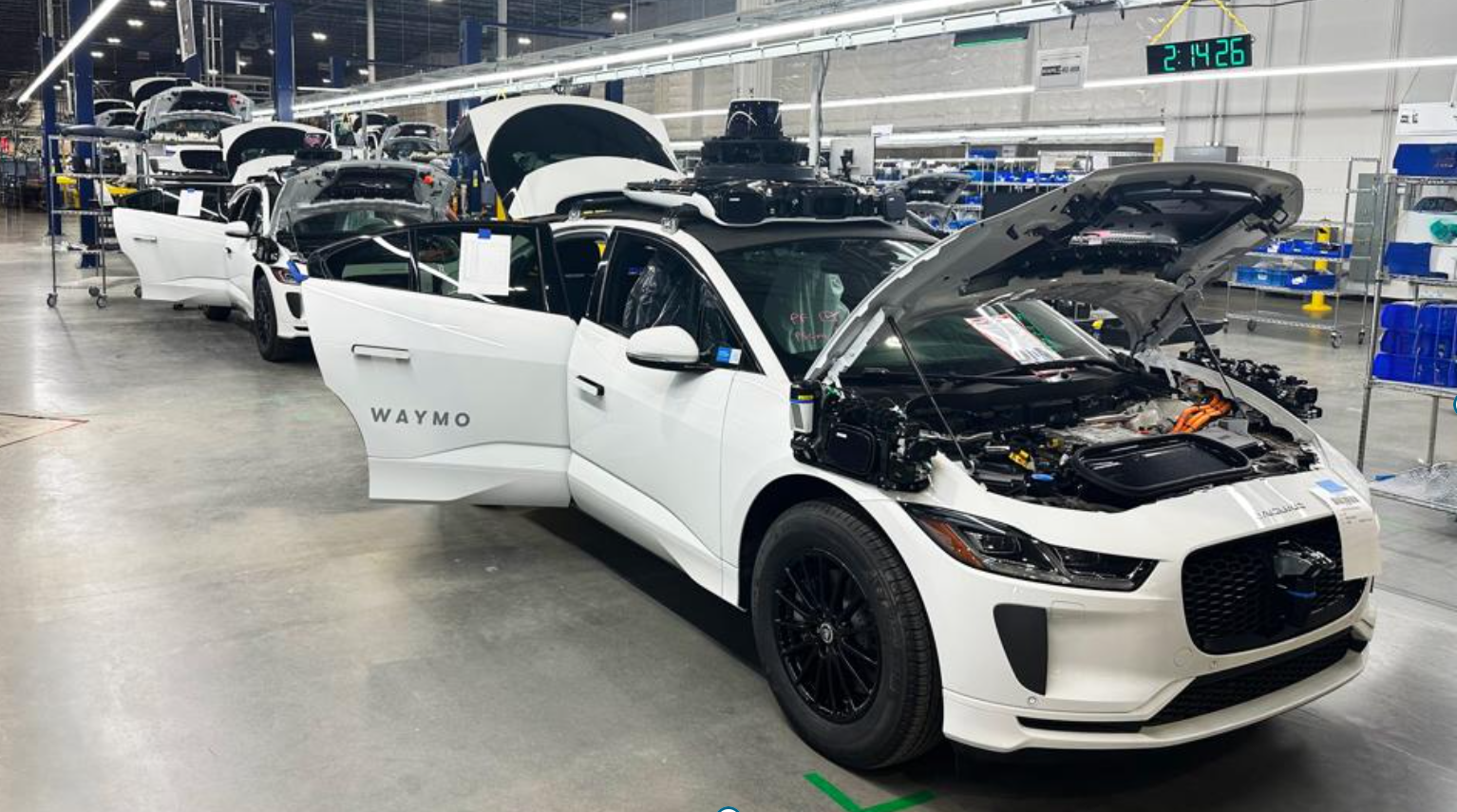Elon Musk’s SpaceX Starship – which one day hopes to take passengers into space – exploded after launch and before the rocket made it into space on Thursday.

Elon Musk’s SpaceX Starship—which plans to one day take passengers to the moon and Mars—attempted to launch into space Thursday but experienced “a rapid unscheduled disassembly,” exploding before the rocket could make it to space, just days after its first highly anticipated launch was scrapped due to a pressurisation problem.
Key Facts
- SpaceX’s Starship took off at just after 9:35 a.m. Thursday from Starbase in Boca Chica, Texas, but minutes later it exploded, before it could separate from the Super Heavy rocket and go to space.
- The next test launch will happen “in a few months,” Musk told his Twitter followers.
- SpaceX said the team will review what happened for the rocket’s next flight test, adding that success from Thursday’s test “comes from what we learn, and today’s test will help us improve Starship’s reliability.”
- Starship was scheduled to go about 150 miles above Earth’s surface in a 90-minute long mission.
- The size and scope of the rocket is unsurpassed with its 31 raptor engine, the largest number of simultaneous rocket engine ignitions ever, and its height of nearly 500 feet, which led the SpaceX team to construct the world’s tallest rocket launch and catch tower to support the rocket.

Key background
Minutes before the rocket was supposed to launch on Monday, Musk and SpaceX announced the launch was canceled. They then needed 48 hours before they could attempt a launch again. Musk first announced his plans for a Starship launch in March, pending Federal Aviation Administration approval. On Friday, when that approval was granted, SpaceX tweeted it would attempt a launch Monday.
Forbes Australia Issue no.4 is out now. Tap here to secure your copy and membership.


